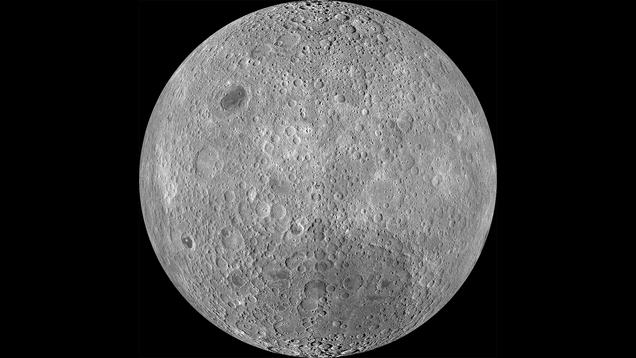
In a bid to understand even more about our mysterious and massive universe, NASA is partnering with the Department of Energy on an ambitious lunar project.

In a bid to understand even more about our mysterious and massive universe, NASA is partnering with the Department of Energy on an ambitious lunar project.
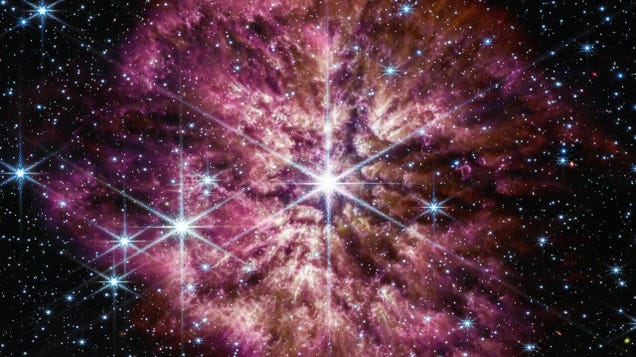
The Webb Space Telescope has produced a stupendous view of a Wolf-Rayet star, an extraordinarily bright object in the sky that (you may want to sit down) will soon die.
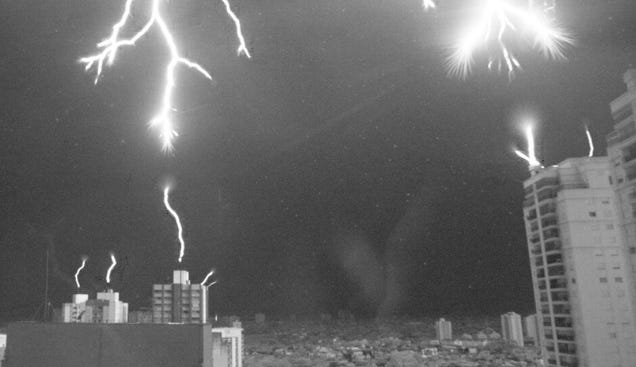
A high-speed photo of lightning rods at work during an electrical storm in São José dos Campos, Brazil, is helping scientists understand how the devices compete to attract strikes and keep buildings safe from damage.

For over a century, scientists have sought a holy grail of materials: a room-temperature superconductor, a material that can carry electrical charges without resistance, which would revolutionize the energy landscape as we know it.

We may some day be able to produce power from thin air—all thanks to bacteria living in dirt. Microbiologists at Australia’s Monash University have identified an enzyme within a bacteria found in soil that can produce electricity using nothing but hydrogen from the atmosphere.
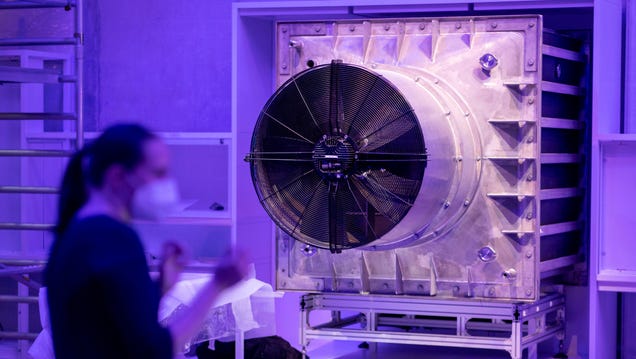
Scientists agree that we’re going to need to build machines to suck carbon from the sky to stave off the worst impacts of climate change—but there are a lot of challenges for this new industry in the coming decades, including figuring out how to make the technology more effective. A discovery from a team of…

Researchers studying a distant star forming within a dusty cloud have found an abundance of water in its immediate vicinity, which could have implications for the origins of the water in our own solar system.
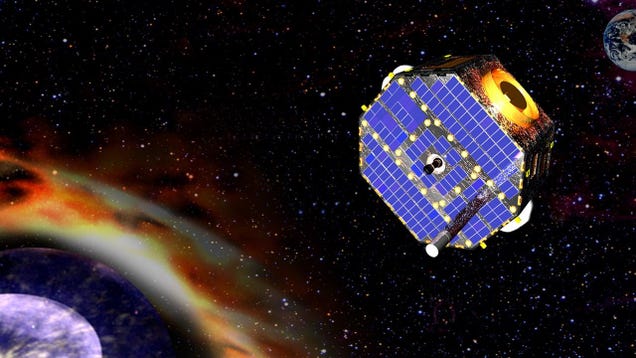
Most computer glitches can be resolved with a simple question, “Have you tried turning it off and on again?” It seems this simple instruction also applies to computers on board spacecraft orbiting thousands of miles away.
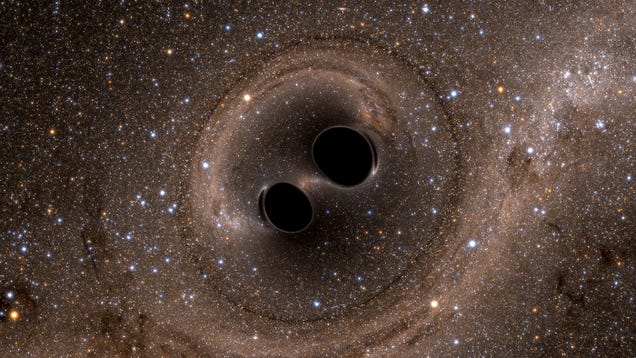
When we think of the Big Bang, we think loud, hot, and bright. But was it followed by a colder, darker shadow?
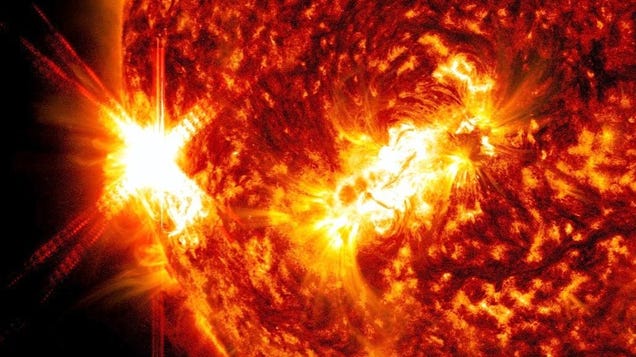
Earth’s host star can be quite temperamental, compelling astronomers to launch satellites and probes on missions to keep a close watch of the Sun’s massive flares. But instruments pointed towards the Sun have a tendency to acquire cloudy vision as the result of a mysterious layer that’s puzzled scientists for years.